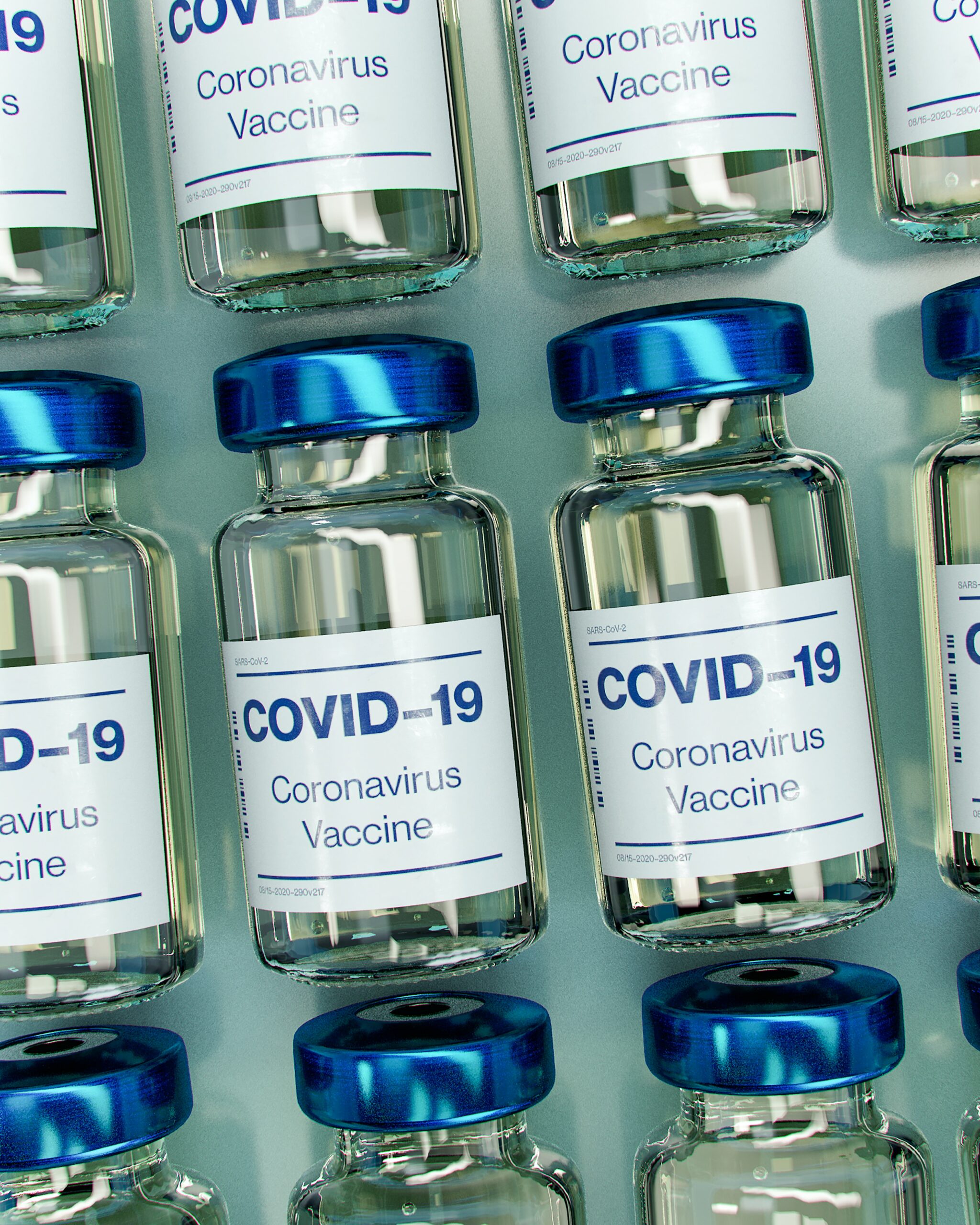

Summary
• US cases, hospitalizations and excess deaths show limited vaccine impact on the pandemic.
• The limited health impact of vaccines could reflect low vaccination rates, decaying immunity, and that current vaccines target the Alpha variant.
• Still, vaccinations have strongly impacted the economy and markets, by providing cover for health policymakers to return to near economic normality.
Market Implications
• Long bonds, short equities as markets—and Fed–are underestimating uncertainty.
This article is only available to Macro Hive subscribers. Sign-up to receive world-class macro analysis with a daily curated newsletter, podcast, original content from award-winning researchers, cross market strategy, equity insights, trade ideas, crypto flow frameworks, academic paper summaries, explanation and analysis of market-moving events, community investor chat room, and more.
Summary
- US cases, hospitalizations and excess deaths show limited vaccine impact on the pandemic.
- The limited health impact of vaccines could reflect low vaccination rates, decaying immunity, and that current vaccines target the Alpha variant.
- Still, vaccinations have strongly impacted the economy and markets, by providing cover for health policymakers to return to near economic normality.
Market Implications
- Long bonds, short equities as markets—and Fed–are underestimating uncertainty.
Vaccines or Sunshine?
The CDC publishes data on vaccine efficiency. It shows that in early October (the last data point available), an unvaccinated person over 18 years old was seven times more likely to be infected and six times more likely to die than a vaccinated person. The difference between the risks to the vaccinated and unvaccinated has been narrowing, largely due to the falling incidence rate of the unvaccinated but remains large.
Yet this data seems inconsistent with the pandemic’s progression (Chart 1). For instance, in the US in 2021, cases and deaths started to fall before vaccinations took off, and they spiked in Q3 (due to the Delta variant) even though by then over 50% of the US population was fully immunized. Also, a new wave is now underway, likely linked to the Omicron variant. The pandemic progression appears more correlated with temperatures and sunshine than with immunizations: there is growing evidence that Covid is a seasonal disease.

That said, data such as reported cases or deaths reflect several biases. To better understand the pandemic, I look at hospital admissions and mortality.
2021’s Winter Covid Wave Is Closing in on 2020’s
So far, the number of cases is below that of a year ago but is starting to catch up. Hospital admissions are the same story.
Mortality data in the US is reported with several weeks of lag, and mortality tends to follow cases with about a two-week lag. Consequently, we still lack data on the ongoing wave’s mortality. Nevertheless, data up to late October highlights important changes to mortality patterns.
Excess mortality measures the difference between current mortality from all causes and historical averages. It tends to be a more reliable, though still imperfect, indicator of Covid mortality because it circumvents the issue of identification and attribution of cause of death. Excess mortality changed little between 2020 and 2021. In 2020, deaths numbered 3.3 million, about 18% above the 2017-19 average; in 2021 Q1-Q3, deaths were 21% above the 2017-19 average.
The age composition of excess mortality changed in 2021, however. Excess mortality in the 20-44-year group has been higher than in 2020, and above the 2021 average, especially during the Q3 Delta spike. By contrast, in 2021, excess mortality among those aged 85+ has been well below average, which could reflect that, by now, the virus has run out of 85+ yrs to infect, due to either previous deaths or acquired immunity. Regardless, this change is consistent with the lower risk reduction from vaccines for this age group, as mentioned above.
Market Consequences
The limited vaccine impact likely reflects factors such as low immunization rates, immunity decay or that the current vaccines target the Alpha variant. Also, the data displayed in Chart 1 has not been updated since 2 October, and more recent data could show more limited impact from the vaccines. Looking ahead, preliminary indications suggest vaccines may also have little efficacy against the Omicron variant.
Despite a seemingly limited health impact, vaccines have strongly impacted the economy and markets. Vaccinations have provided cover for state governments, which largely control the US health response to the pandemic, to reopen their economies, based on the belief that vaccines work. Faith in the vaccines further helped policymakers endure the Q3 infection spike without adding many constraints on businesses. In that sense, the ‘placebo effect’ of the vaccines on the economy and markets could have been stronger than the real effect.
Overall, I think both markets and the Fed are too sanguine on Omicron. We need more information to assess the risks, and that is why this analysis supports risk-off trades, e.g., long 10-year bonds, short equities.
